New book challenges claims climate change was linked to ‘unprecedented’ bushfires
A new book has rejected claims last summer’s deadly bushfires were linked to climate change, saying the statistics show the blazes were not unprecedented and that climate is subject to cycles. TELL US WHAT YOU THINK.
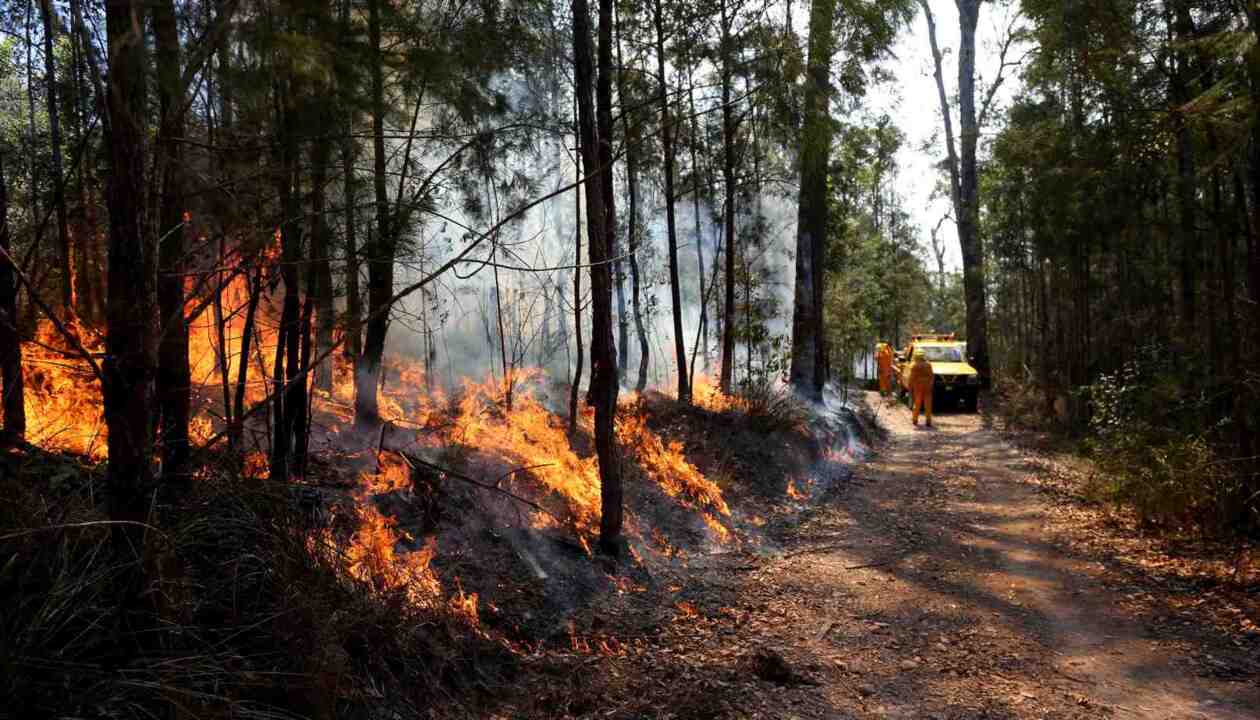
The bushfires that swept through Australia last summer were repeatedly described as “unprecedented” and blamed on climate change, but a new book has rejected those claims, saying the statistics prove otherwise.
Climate Change: The Facts 2020 examines records on rainfall, hectares burnt, temperatures and the ecology of eucalypt forests, and argues that fires just as ferocious and extensive have burned in Australia since at least 1851.

In February, Paris Climate Agreement talks leader Christina Figueres described Australia’s summer bushfires as the “worst disaster that has ever hit the planet”.
But senior research fellow at the Institute of Public Affairs Jennifer Marohasy, who edited the book and wrote the chapter on bushfires, says the book’s contributors assert that climate is subject to cycles, and the current situation is “not unusual” or “catastrophic”.
An estimated 20 million hectares of land mass may have burned last summer.
MORE NEWS
Underworld figure Sam Ibrahim kept in prison for his own safety
Barilaro to lose licence after speeding in ministerial car
Mental health bail bid in millionaire Joe Elias kidnap attempt case
“This is an extraordinarily vast area considering much of it was in the southeast,” Dr Marohasy said. “A similarly vast area of 21 million hectares was lost to unplanned fires as recently as 2012-13. “However, this is not the largest area burned by uncontrolled fires. In 1974–75, 117 million hectares burned.”
Only three people died in the 1974-75 fires, which burned mostly in uninhabited parts of Central Australia.
Dr Marohasy says insufficient hazard reduction played a part in the fuel load of the recent bushfires, and that neglecting fire management in eucalypt forests simply made them “more prone to severe fires that will eventually destroy them”.
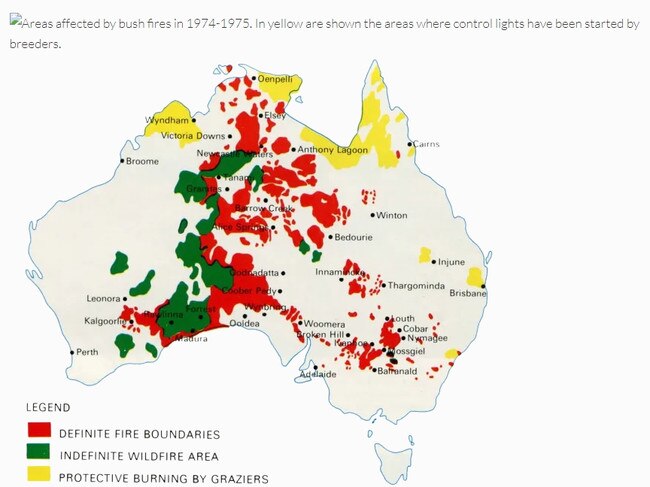
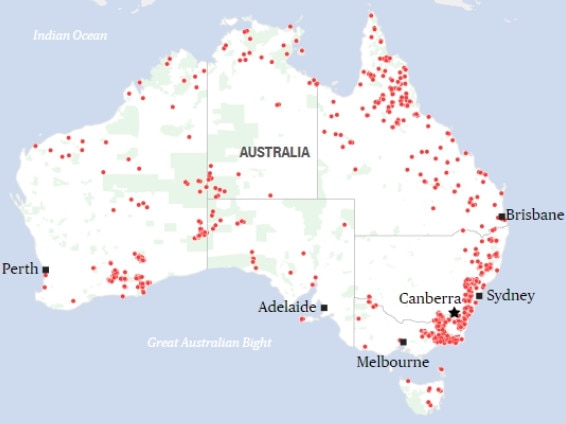
On claims Australia is drier than ever, Dr Marohasy said the wettest summer since 1990 was as recent as 2010–11.
“If anything, these official statistics suggest it is getting wetter, rainfall statistics for the entire Australian continent, available for download from the Australian Bureau of Meteorology, also indicate that more recent years have been wetter, especially the past 50 years,” she said.
Dr Marohasy acknowledges the fires were utterly devastating.
But she argues we need to return to a better understanding of traditional Aboriginal burning methods, build support for hazard reduction and develop a consistent methodology for determining fire severity.
“A focus on hazard reduction burning to keep landscapes generally more open and thus safer for people and wildlife, would be more useful than blaming climate change — at least until there is better quality assurance of actual temperature measurements,” Dr Marohasy said.
The book has chapters by biologists, atmospheric physicists, meteorologists and a volcanologist who “conclude that there is nothing unusual about the current rate or magnitude of climate change,” she said.
BOOK EXTRACT: Climate Change: The Facts 2020
The word ‘unprecedented’ is often applied to destructive climate-related events, as though they could not have been predicted, and have never happened before. Last summer’s bushfires were no different. But were they really unprecedented?
This narrative creates anxiety because it follows that there really is a climate emergency and that we have pushed nature out of balance.
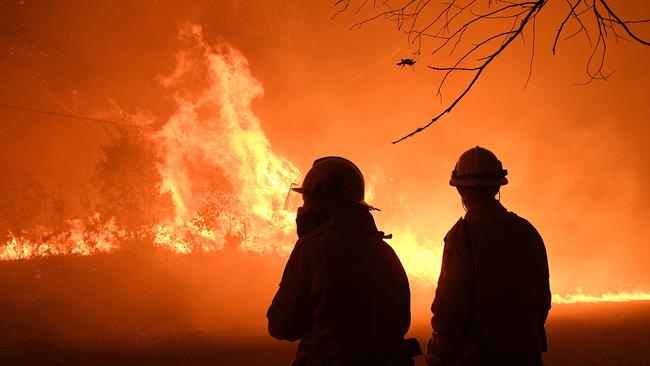
Appearing as a witness to the Royal Commission into bushfires earlier this year, Andrew Johnson, the head of the Bureau of Meteorology stated confidently that parts of Australia had experienced a rapid decline in rainfall. He used this to state “unequivocal” and “there’s no doubt” that climate change was having some sort of an impact on Australia’s bushfire seasons.
One can assume he was referring to the southeast of Australia because vast areas of eucalyptus forest burnt in the southeast last summer. Yet you only have to look at the official statistics from the Bureau of Meteorology’s own website for this region to see that annual rainfall is variable, and while the 1950s and 1970s were wetter than recent years, there is no evidence of long-term decline in rainfall.
Whichever way the statistics are scrutinised, there is no evidence of a long-term decline in rainfall in the southeast of Australia for the summer period just past, or even considering the data for all of Australia for all months since 1900.
The wildfires that burnt so much of Australia during the summer of 2019–20 have been repeatedly described as unprecedented and blamed on climate change. But without supporting statistics.
In reality, areas as extensive and fires as ferocious have burnt Australia since at least 1851.
Rainfall data indicates it is getting wetter (not drier) in southeastern Australia, the region worst hit by the recent fires. While the official statistics show unambiguously that summer rainfall has been increasing, not decreasing as claimed in the mainstream media, it is difficult to know if air temperatures are increasing, or not, because of all the changes to how Australia’s Bureau of Meteorology measures temperature.
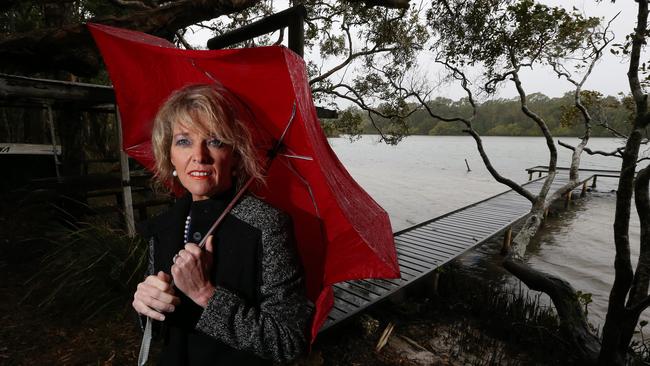
The change from mercury thermometers to electronic probes in 1996, and the more recent change from numerical averaging to just taking one-second spot readings since 2012, makes it impossible to construct meaningful continuous historical temperature series. In other parts of the world where electronic probes are used to measure air temperature, the instantaneous one-second readings are averaged over at least one minute, and in the US over five minutes.
Vast areas of open eucalyptus forests did burn in southeast Australia this last summer.
These wildfires incinerated millions of hectares of important habitat for rare and endangered animal species, and koalas in East Gippsland. The impact on local human communities has also been devastating, with so many lives lost and so much property destroyed.
As much as 5.4 million hectares burned in NSW this past summer. This was used to claim the fires were unprecedented in extent and further proved the climate change link. Except that somewhere in the vicinity of 7.2 million hectares burned during the summer of 1951-52.
A CSIRO report titled the ‘Bushfire History of the south coast Study Area’ details fires at Bega, Nowra, Mt Dromelly and other parts of southern NSW in 1951.
Fires consumed that same coastal strip again in 1994. So rather than unprecedented, regular in occurrence would be a more accurate way of describing bushfire events in Australia.
Severe bushfires like the fires experienced this past summer are weather-related, in that they are usually preceded by high temperatures, low relative humidity, strong winds and a rainfall deficit. But a key fact often forgotten at places like the ABC is that there must also be critically high fuel loads for fires to take hold.
Fuel is live and dead vegetation accumulates over time. When fuel loads are kept low though regular hazard reduction burning, fires are unlikely to kill all the understorey plant species or the tree layer.
The area of forest in the southeast of Australia has been expanding even as public support for the necessary hazard reduction burning has been waning.
Support has been waning because hazard reduction burning involves active management, which is generally considered incompatible with wilderness values. The concept of wilderness derives from the idea of a balance of nature, which does not actually have a basis in the ecological sciences. It is a myth: a widely held but possibly false belief or idea.
Excluding appropriate fire regimes from open eucalyptus forests will not keep them in their current state, rather it can have the effect of simply making them more prone to severe fires that will eventually destroy them.
Across Australia, a better understanding of traditional Aboriginal burning methods, and the types of vegetation that existed before European settlement, could result in more support for the active management of wilderness areas, including for more hazard reduction burning.
A focus on hazard reduction burning to keep landscapes generally more open and thus safer for people and wildlife, would be more useful than blaming climate change — at least until there is better quality assurance of actual temperature measurements.
Those pushing the line that our recent bushfires have been unprecedented should check the facts.
Dr Jennifer Marohasy is a Senior Fellow at the Institute of Public Affairs. This is an edited extract of her chapter Wildfires in Australia: 1851 to 2020 in the new book Climate Change: The Facts 2020, which is available at www.climatechangethefacts.org.au
